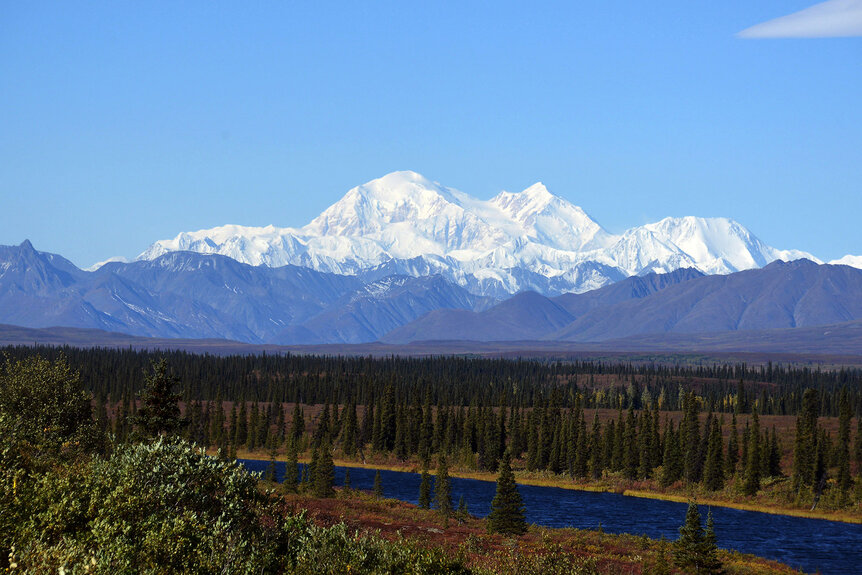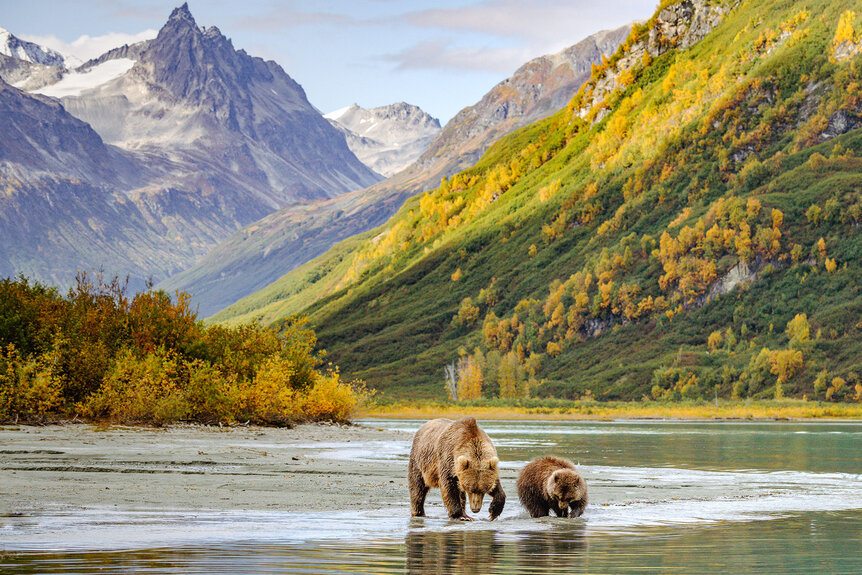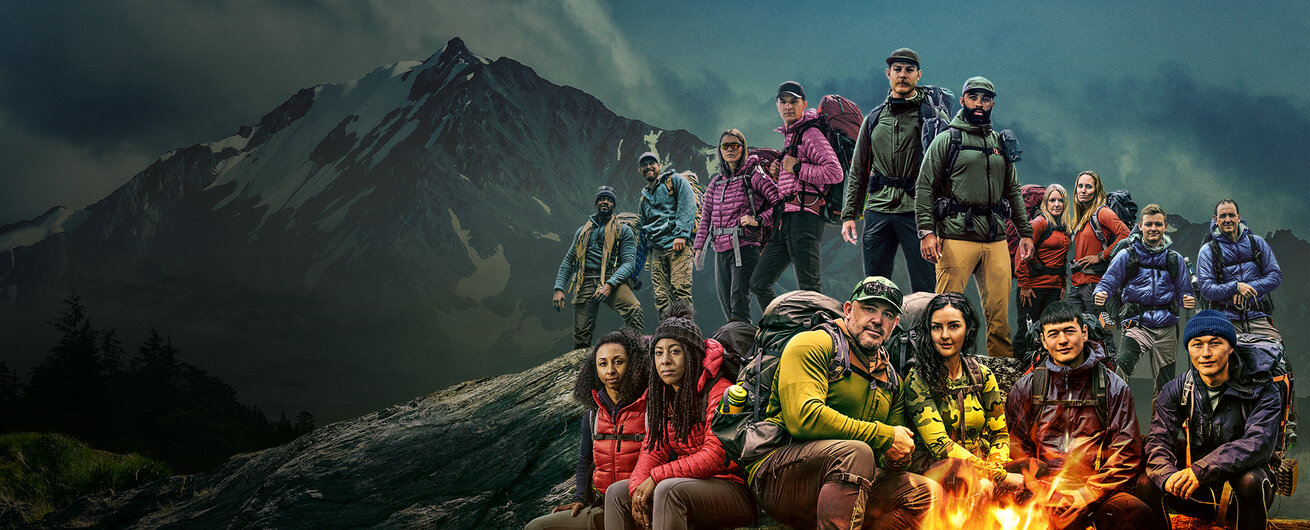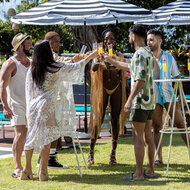The Ultimate Fun Facts About Alaska To Prepare For 'Race To Survive: Alaska'
USA Network's new reality series has teams of two trekking across a wild and dangerous landscape. There's no better state for that than Alaska, as these fun facts show.

In "Race to Survive: Alaska," the new survival-competition series set to premiere on USA Network next month, eight teams of two will attempt to trek across the rugged and wild Aleutian islands, each vying to be the first duo to cross the finish line — and do so in one piece. The winning team gets a cool $500,000 for their efforts.
When you consider what the contestants will need to do to snag that 500 grand — hiking, bushwacking, kayaking, swimming, and climbing across 100 miles of untamed, uncharted terrain without food, battling not only the elements but seven other teams — it seems like a worthy prize. And, Alaska is a worthy setting for this incredible competition because no other state offers what our 49th state does. Here are some facts about Alaska to brush up on before "Race to Survive"'s April 3 premiere.
We would call them “fun” facts but we have a feeling that they’re probably not so “fun” to the contestants.
Alaska’s Name Means “Great Land”
Alaska got its modern name during the early- and mid-1800s when Russia had colonial outposts in what would become the 49th state when the United States bought it in 1959. The name, which originally just referred to the peninsula of islands that stretch out into the Pacific, is derived from a word in the language of the indigenous Aleut people. The word “alaxsxaq” translates to “the mainland,” in reference to the direction in which the sea is moving, while “Alyeska” roughly means “great land.” A great land seems like a great place for a survival race.
However Big You Think Alaska Is, It’s Bigger
Alaska is by far the biggest state — it’s larger than California, Texas, and Montana combined. If it were its own country, it would be the 17th-largest country in the world, bigger than Iran. Alaska spans 663,268 square miles, so perhaps the "Race to Survive" contestants should consider themselves lucky that they’re only traversing 100 miles of Alaska’s wilderness.
And, we do mean wilderness. Alaska is the third-least populated and the most sparsely populated state in the country. That means there is a lot of wilderness where people don’t live. About 65 percent of the state is owned by the federal government as public lands, including many national parks, forests, and wildlife preserves.
RELATED: Everything To Know About USA's Intense New Competition Series Race To Survive: Alaska
Alaska Has More Volcanos Than Hawaii
The 50th state, Hawaii, is understandably thought of as the United States’ No. 1 volcano destination, but Alaska — due in part to its size and its position in the Pacific Rim — has more than 130 volcanos. Of these, 50 have been active since 1760, what’s known as historical time. When these volcanos erupt, it can be quite dangerous, as the explosions are dangerous and the ash and debris that gets thrown into the air can disrupt planes and cause millions of dollars worth of damage.
One volcano, Novarupta, blew up in 1912 and was the largest volcanic eruption of the 20th Century, releasing 30 times as much magma as the 1980 eruption of Mount St. Helens. Let’s hope the "Race to Survive" contestants don’t need to worry about such an event.
Alaska Has More Lakes Than Minnesota
It only seems fitting that these fun facts are pitting the states against one another. "Race to Survive: Alaska" is a competition show, after all.
Minnesota proudly claims to be “the Land of 10,000 Lakes,” and there are indeed nearly 12,000 lakes in the state, which is nothing to scoff at. Alaska, though, has more than 3 million lakes. A couple of them, one presumes, might be a challenge for some of the "Race to Survive" contenders. Additionally, Alaska has 66,000 miles of coastline, more than the rest of the states' coasts combined.
Polar Bears Live In Less Of Alaska Than You Might Think
Finally, some potentially good news for the "Race to Survive" teams. Polar Bears — the largest living land carnivores — are native to Alaska but only in the very most northernmost regions. This should mean that the "Race to Survive" contestants, who are making their way from Ketchikan to Cordova, up through the Aleutian Alaskan islands, should avoid any bear run-ins.
Still, wouldn’t hurt to be prepared in case they encounter other species of wild animal ...
Tune in on Monday, April 3 at 11 p.m. ET/PT on USA Network for the Race to Survive: Alaska premiere. Catch more survival shows on Peacock now.





